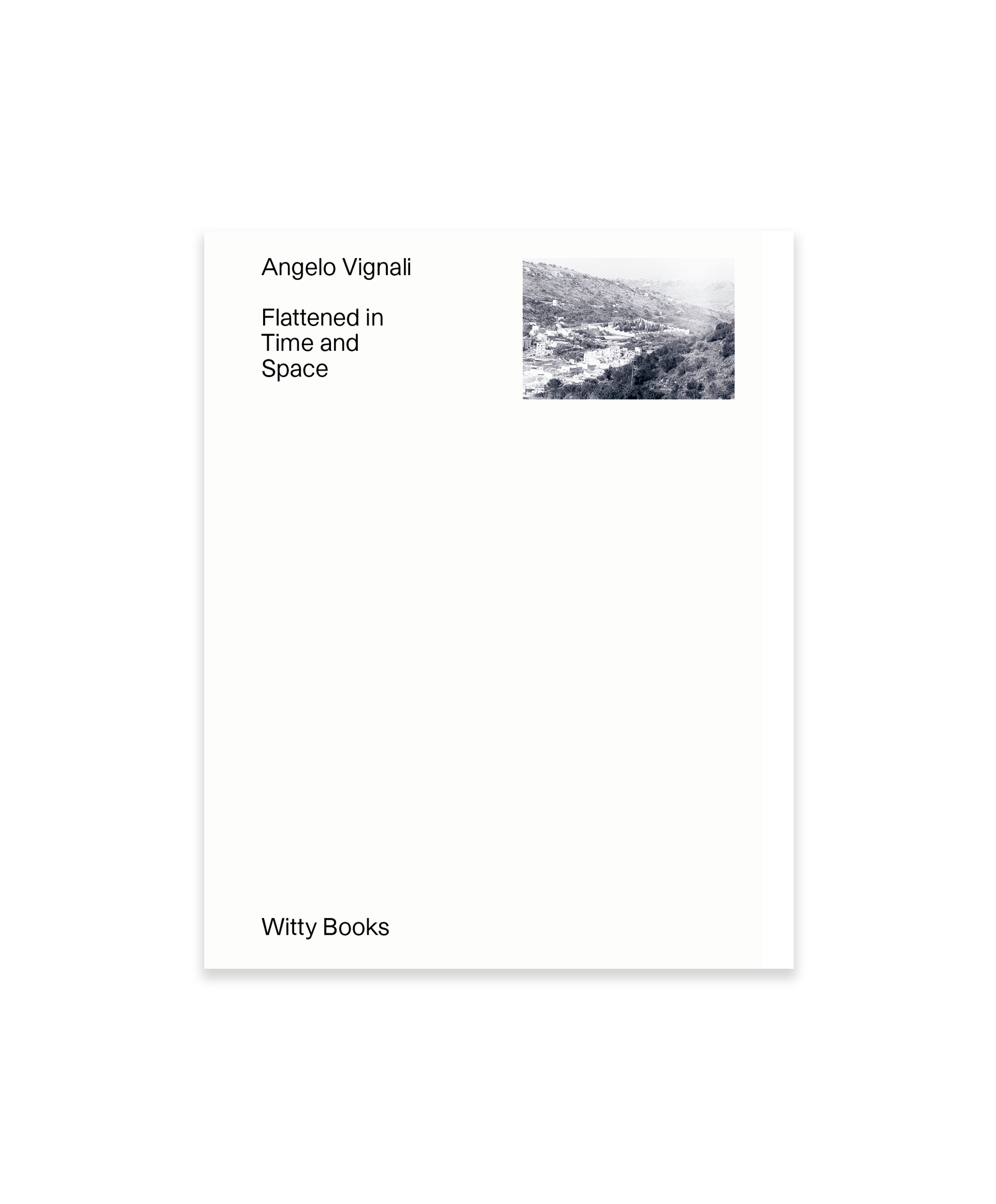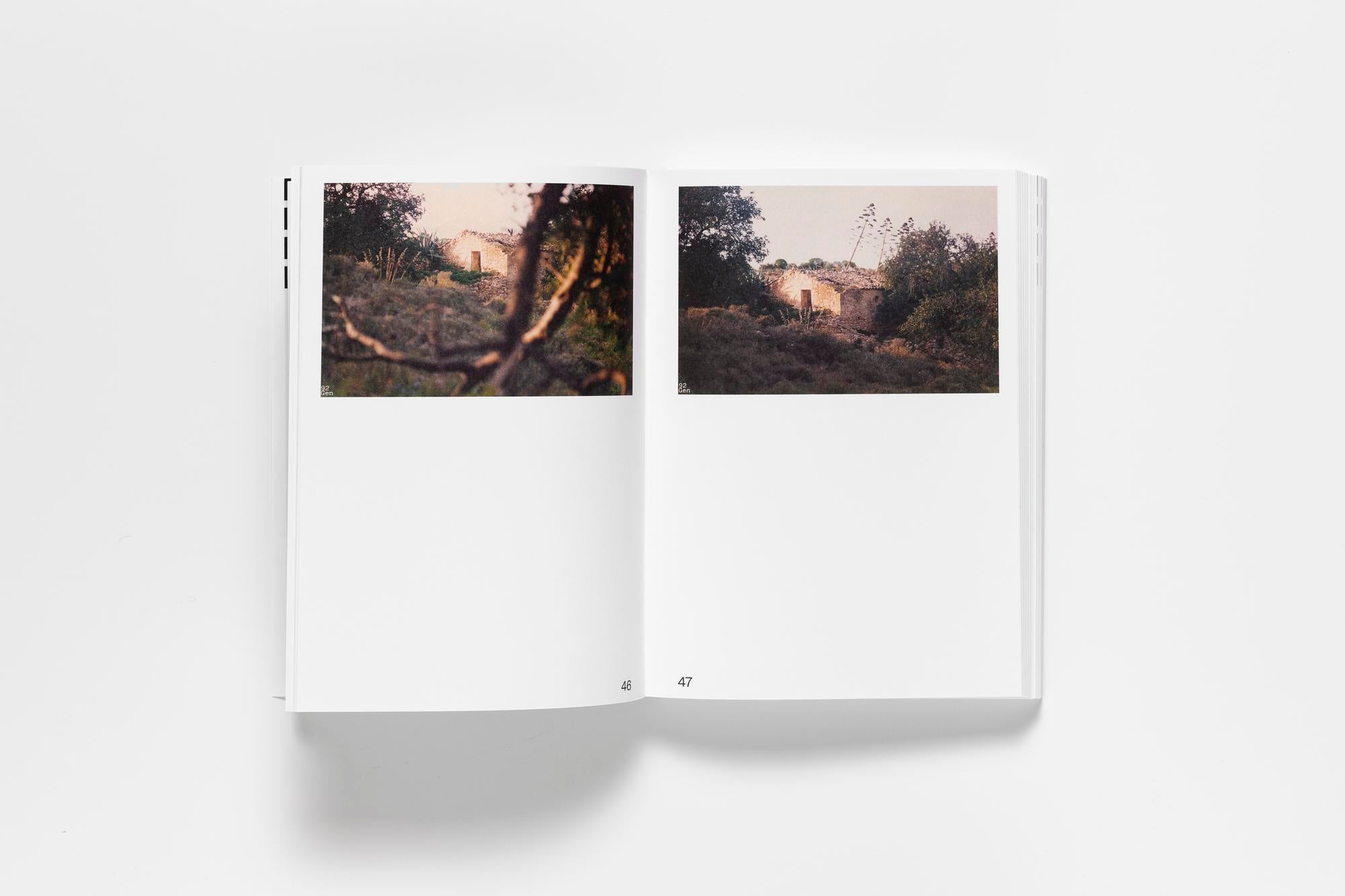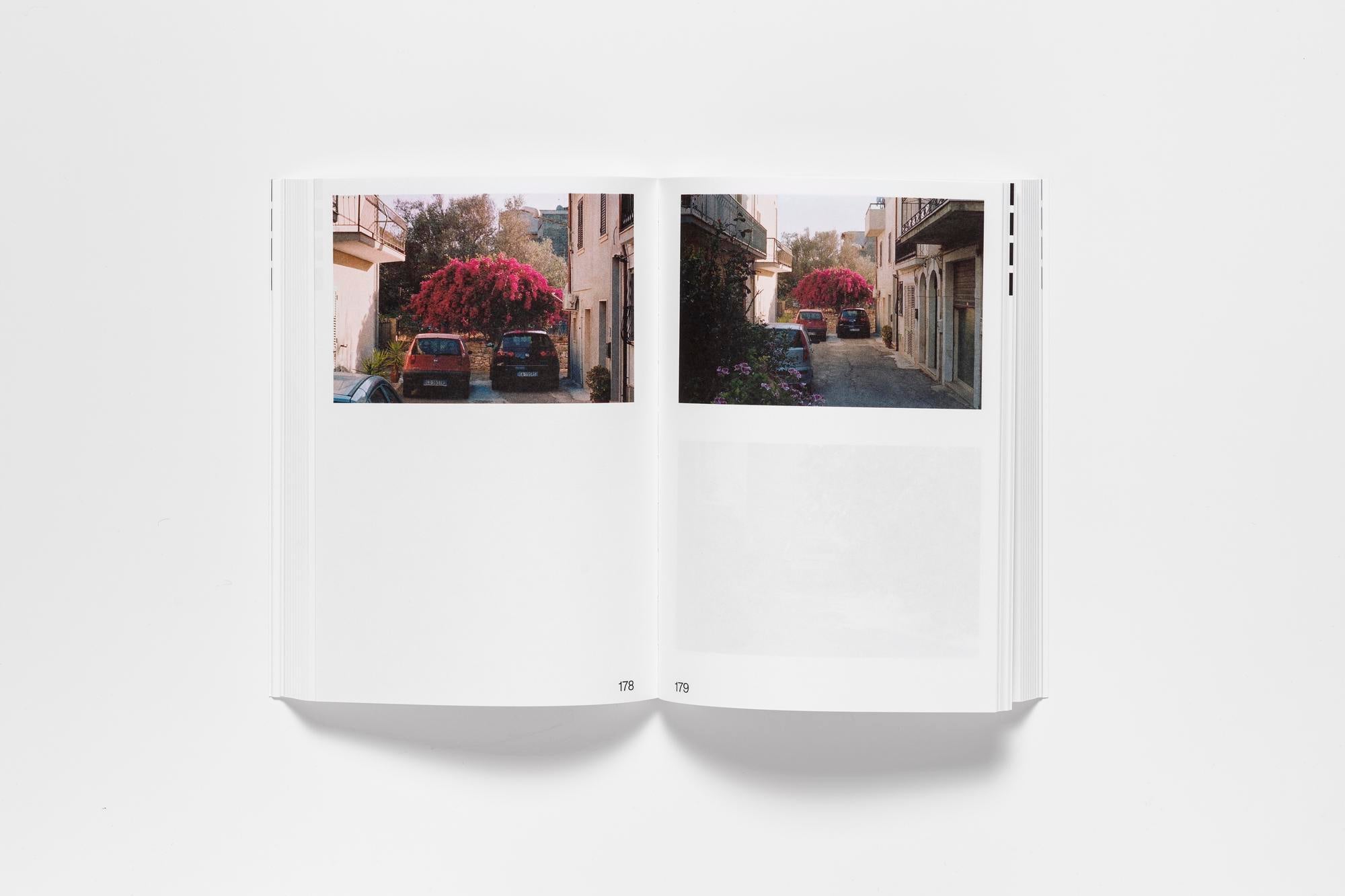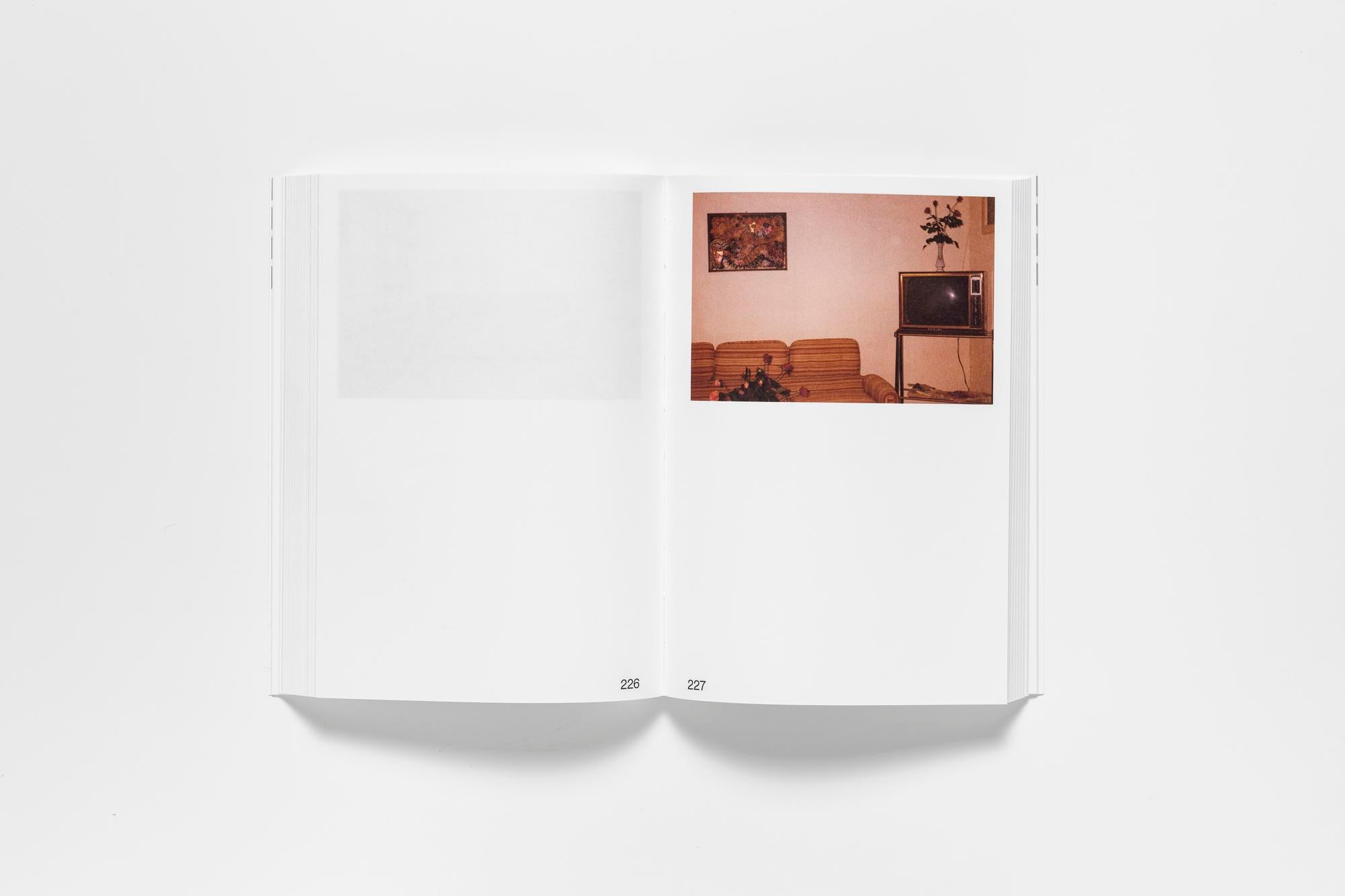Angelo Vignali - Flattened in Time and Space
Pickup available at 1 rue des Minimes
– Default Title
-
1 rue des Minimes
09709759181 Rue des Minimes
75003 Paris
France
Angelo Vignali
Flattened in Time and Space
Published by Witty Books, 2020
Size: 21 x 15 cm
Soft cover
Flattened in Time and Space is a visual family novel centered around the character Concetto, born in Scicli, Sicily, in 1921. The photographs, taken from family albums and reassembled, were taken by his nephew, Angelo Vignali, and by friends and family members over a period of fifty years. By shuffling the photographs into a new sequence, FITAS disrupts a chronicle organized around linear time, depriving the viewer of spatiotemporal coordinates and collapsing the identities of those who took the photographs, thus giving rise to a new narrative. FITAS is a portrait drawn from the relationships between the people, places, and events that animated the scene of Concetto's life. A succession of views of the landscape: the abandoned farms and gas stations, the dusty Sicilian hills, the sky, and the Mediterranean Sea. The magnificence of the monuments, which we see a moment later eroded by time, abandoned. Only a few figures in the background punctuate the landscape, until we reach this domestic interior, always the same, but different in every detail: the house that Concetto built himself and where he still lives today.
Is there a 'familiar lexicon' in the way we look at and represent the places and people we hold dear - our history?
Vignali's journey in constructing this project—which finds its first and complete expression in the form of the book—finds an essential key to understanding in the studies of the American psychologist James Hillman (Healing Fiction, 1983), concerning the role of fiction in psychotherapy. Telling one's story is a creative process, a digestive operation, in which the individual observes and reorganizes the unfolding of time in his life—the emanation of memories, dreams, and fantasies. Vignali thus rewrites the plot, revises the past, until he finds a new internal coherence: he recognizes himself using transcription (a guarantee of memory and eternity for humanity). In this context, the identity of the protagonist, his face, is only the epilogue of the journey.






